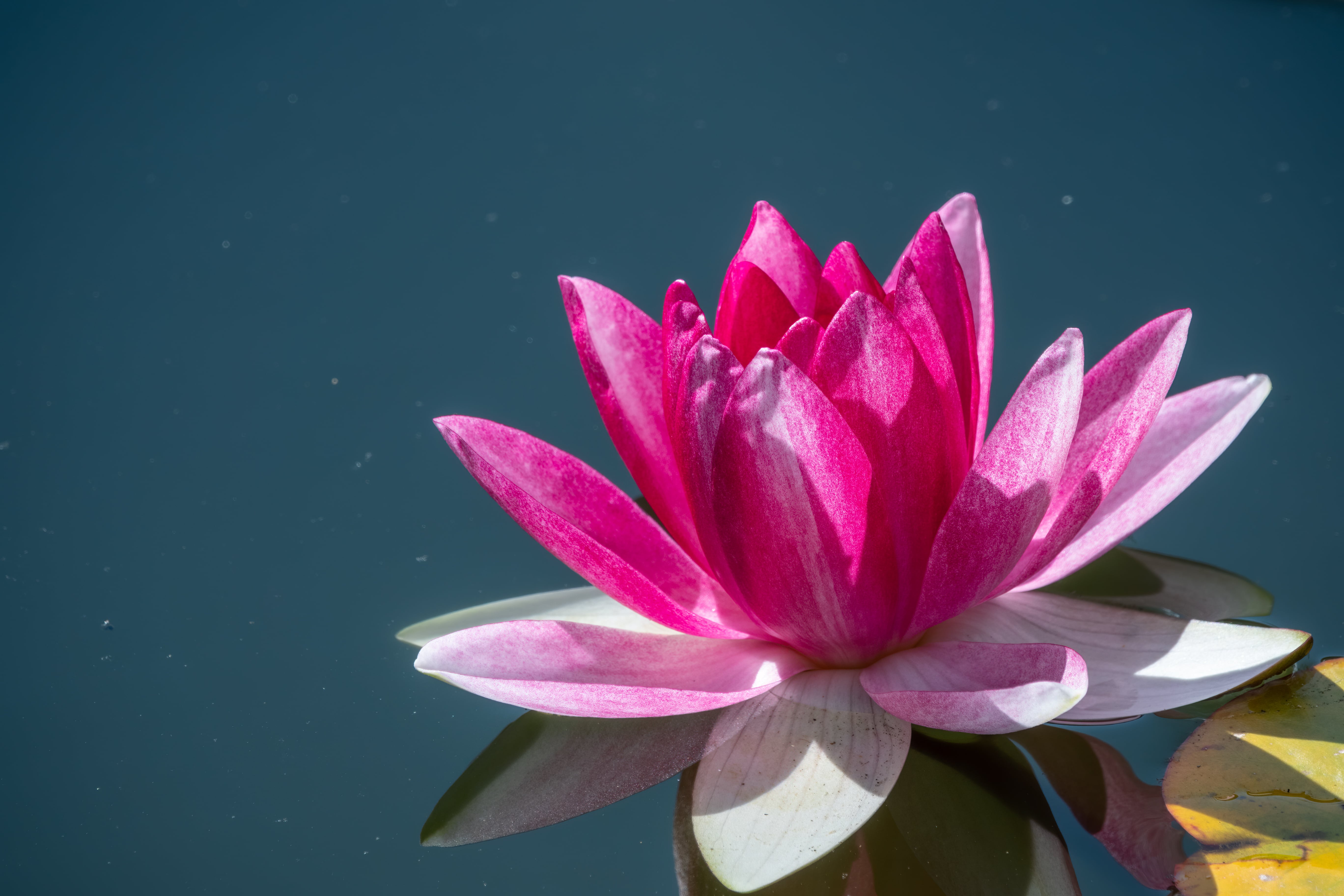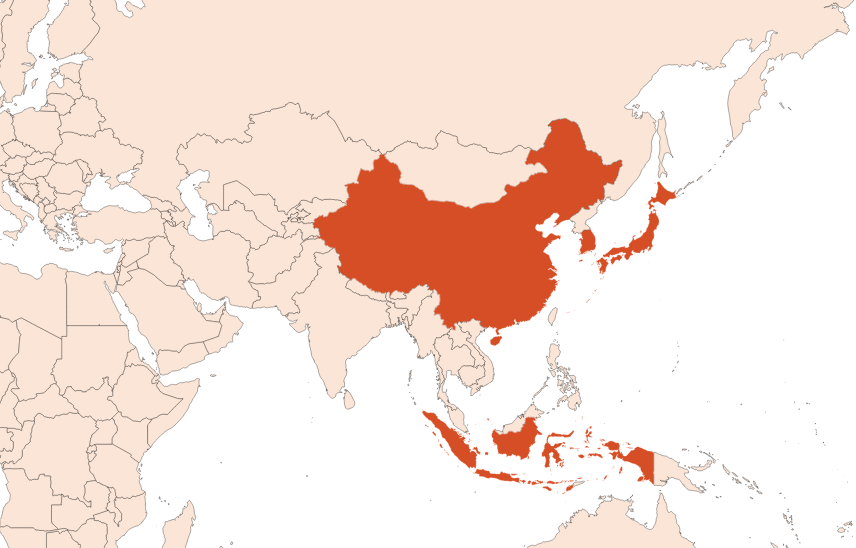Lotus Flower Absolute
Naturelle
Floral > White Flowers > Solar > Waxy > Animalic

Crédits photo: ScenTree SAS
Latin name :
Nelumbo nucifera
Botanical profile :
Lotus is an aquatic plant of the Nelumbonaceae family, and of the genus Nelumbo.
Geographic origin :
Originated from global Asia, and especially China and Indonesia, lotus is over all cultivated in the Far Eastern part of the continent, from North to South. It also is found in the East of Russia, Korea and Japan.
Chemotypes :
Two species of the genus Nelumbo are listed and common today:
Nelumbo nucifera, or Indian lotus, native to Asia, are treated for their flowers, to obtain an absolute.
Nelumbo lutea, native to North America, is not used in perfumery.
The ''false lotus '' species are called Nymphea: the blue lotus (Nymphea nouchali), the white lotus (Nymphea lotus) and the fragrant water lily (Nymphea odorata), from which an absolute is also obtained from the flowers.
Nelumbo nucifera, or Indian lotus, native to Asia, are treated for their flowers, to obtain an absolute.
Nelumbo lutea, native to North America, is not used in perfumery.
The ''false lotus '' species are called Nymphea: the blue lotus (Nymphea nouchali), the white lotus (Nymphea lotus) and the fragrant water lily (Nymphea odorata), from which an absolute is also obtained from the flowers.
Extraction process :
Lotus is a perennial plant, because it likes the heat of summer in its growing countries, and resists cold winters. The multiplication of the plants is done by dividing the rhizomes and tubers of the plant. Seed sowing is also practiced, always in shallow water. Planting seed in March, flowers will appear in August or September. For a rhizome plantation, flowering will be observed as early as July.
The lotus feeds on the mud at the bottom of ponds. In winter, the flower disappears and the stem shrinks and buries itself inside the pond. The colder it gets, the more the plant buries itself for protection, then grows again when the water warms up from spring onwards.
In perfumery, the flower is treated to obtain an absolute. It is put in warm hexane for several hours. Once this first extraction is completed, the flowers are removed and the solvent is evaporated. A concrete is obtained. This extract contains the waxes of the plant. A second extraction is necessary to precipitate them and only keep its odorous principle. For this, chilling in alcohol is applied. After filtration and evaporation of the alcohol, the Lotus Flower absolute is obtained.
The lotus feeds on the mud at the bottom of ponds. In winter, the flower disappears and the stem shrinks and buries itself inside the pond. The colder it gets, the more the plant buries itself for protection, then grows again when the water warms up from spring onwards.
In perfumery, the flower is treated to obtain an absolute. It is put in warm hexane for several hours. Once this first extraction is completed, the flowers are removed and the solvent is evaporated. A concrete is obtained. This extract contains the waxes of the plant. A second extraction is necessary to precipitate them and only keep its odorous principle. For this, chilling in alcohol is applied. After filtration and evaporation of the alcohol, the Lotus Flower absolute is obtained.
Major Components :
1,4-Dimethoxybenzene
Eucalyptol
Terpinen-4-ol
Linalool
Eucalyptol
Terpinen-4-ol
Linalool
- Uses in perfumery :
- Exclusively used in fine fragrance to bring a natural effect in some white flowers notes, to bring a cosmetic and slightly animalic effect.
- Other comments :
- Lotus is widely used in Asian cuisine. The flower, seeds, leaves, rhizome and stalks are all edible. Herbal teas are prepared in Korea from the dried flowers, the rhizome is eaten as a vegetable to make soups, the stamens are used to prepare herbal teas, the seeds can be eaten raw or roasted, etc.
- Volatility :
- Heart
- Appearance :
- Brown liquid
- Stability :
- Aromatic compounds of this extract are chromophorous. This means that they may color under the effect of an alkaline base.
Terpenes of this extract my polymerize under the effect of oxidation. - Price Range :
- €€€€€
- Aromatherapy :
Informations provided below are taken from reference works in aromatherapy. They are given for information purposes only and can not constitute medical information, nor engage the responsibility of ScenTree.
Lotus extract is note used in aromatherapy. The plant itself is anyway rich in fibers, vitamin C and potassium for example.

Crédits photo: ScenTree SAS
- EINECS number :
- 285-379-2
- FEMA number :
- Donnée indisponible.
- Allergens :
- Linalool
- IFRA :
- This ingredient is not restricted
To learn more about IFRA's standards : https://ifrafragrance.org/safe-use/library
ScenTree is solely responsible for the information provided here.

